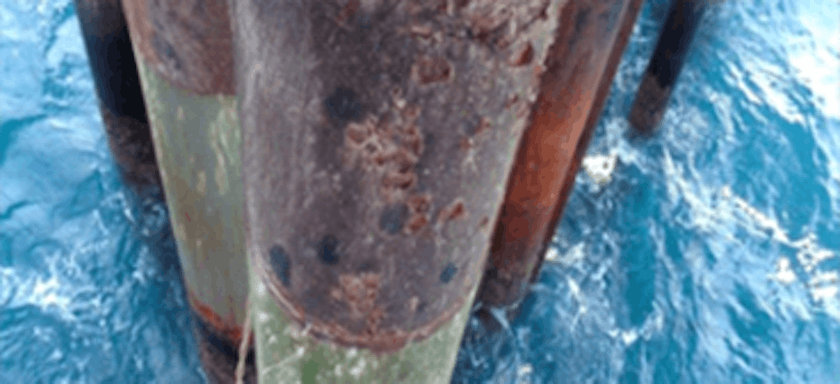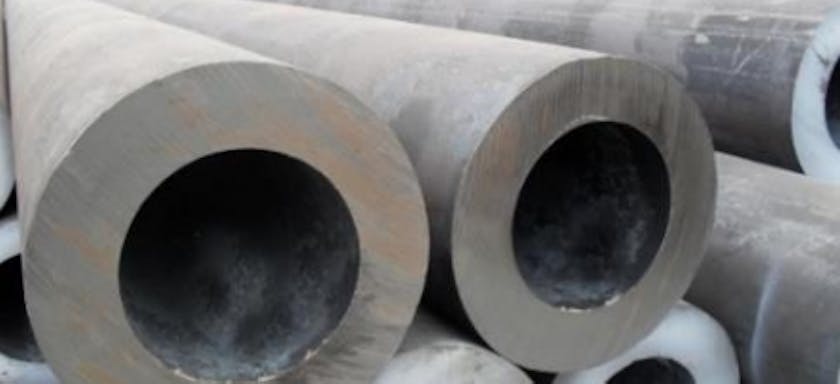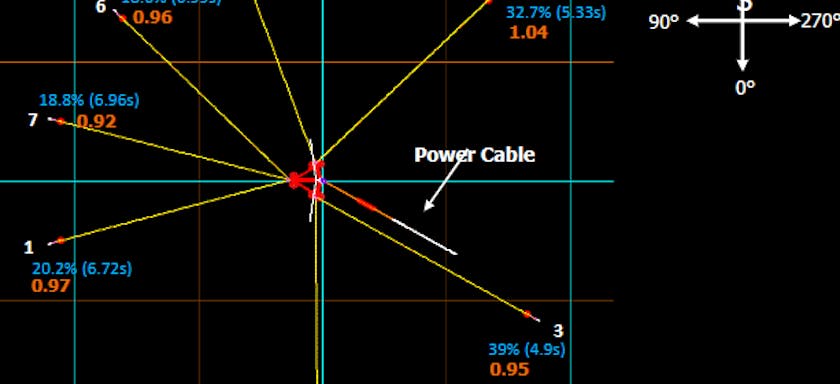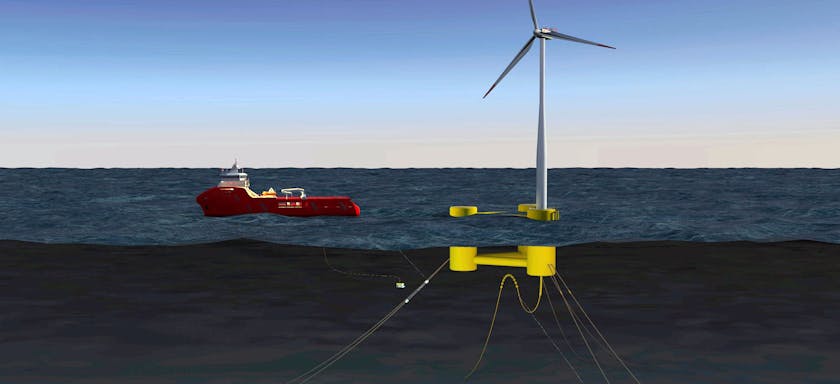Influence of Construction and Deterioration on Platform Well Life Extension
EVENT: SPE Bergen One Day Seminar
1 Apr 2017
One of the most common challenges faced by well operators worldwide is extending the lifetime of their aging platform wells. The initial well construction, operational loading and time-dependent deterioration of a well through field life are all key factors that need to be understood to establish the remaining capacity of a well. However, often these factors are not fully understood and consequently costly decisions to repair or abandon wells can be made unnecessarily, or in some cases critical wells or operations on wells are not identified, risking structural collapse of a well.
To address these issues, this paper describes the factors that influence the integrity of the well, and presents advances in the approaches to understand and evaluate the condition of a well and hence better evaluate remaining capacity. Methods, Procedures, Process: Typically, corrosion of the casings is taken as the key parameter to establish a well’s remaining capacity. However, as demonstrated in this paper through an analytical evaluation, the axial loading in the well is another key parameter that needs to be understood. A range of factors affect the well axial loads based on well construction and deterioration is considered, including:
Weight of casing hung off wellhead during installation
Level of axial support provided by casing shoe
Cement levels
Changes to well configuration
Changes to well service (Producer to Injector)
Changes to operating temperatures and pressures through field life
Corrosion and other deterioration of the conductor and casings
Authors

Alex Rimmer
Director, UK

About
Alex is a Chartered Engineer with a first-class master’s degree in mechanical engineering from the University of Bath and has been working for 2H Offshore since 2004. Alex has significant experience in the design and analysis of drilling and production systems for deepwater and shallow water developments, most notably as lead analysis engineer for BP’s Block 31 PSVM freestanding hybrid riser design project. Alex has taken on a number of managerial roles at 2H, including technical manager of the Norwich office, where he was responsible for integrating UWG’s shallow water riser and conductor engineering team and business into 2H. He has been a director in our London office since 2011.
Language
Insights
Hassan Salleh
Technical Manager








